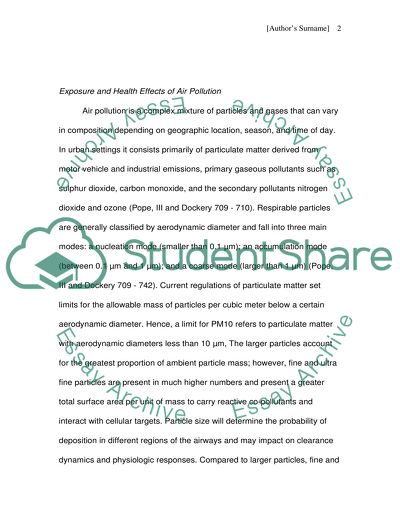Cite this document
(“Air Pollution Research Paper Example | Topics and Well Written Essays - 1750 words”, n.d.)
Retrieved from https://studentshare.org/geography/1434383-air-pollution
Retrieved from https://studentshare.org/geography/1434383-air-pollution
(Air Pollution Research Paper Example | Topics and Well Written Essays - 1750 Words)
https://studentshare.org/geography/1434383-air-pollution.
https://studentshare.org/geography/1434383-air-pollution.
“Air Pollution Research Paper Example | Topics and Well Written Essays - 1750 Words”, n.d. https://studentshare.org/geography/1434383-air-pollution.


